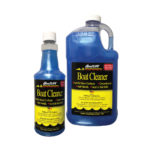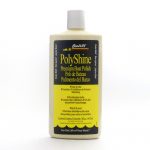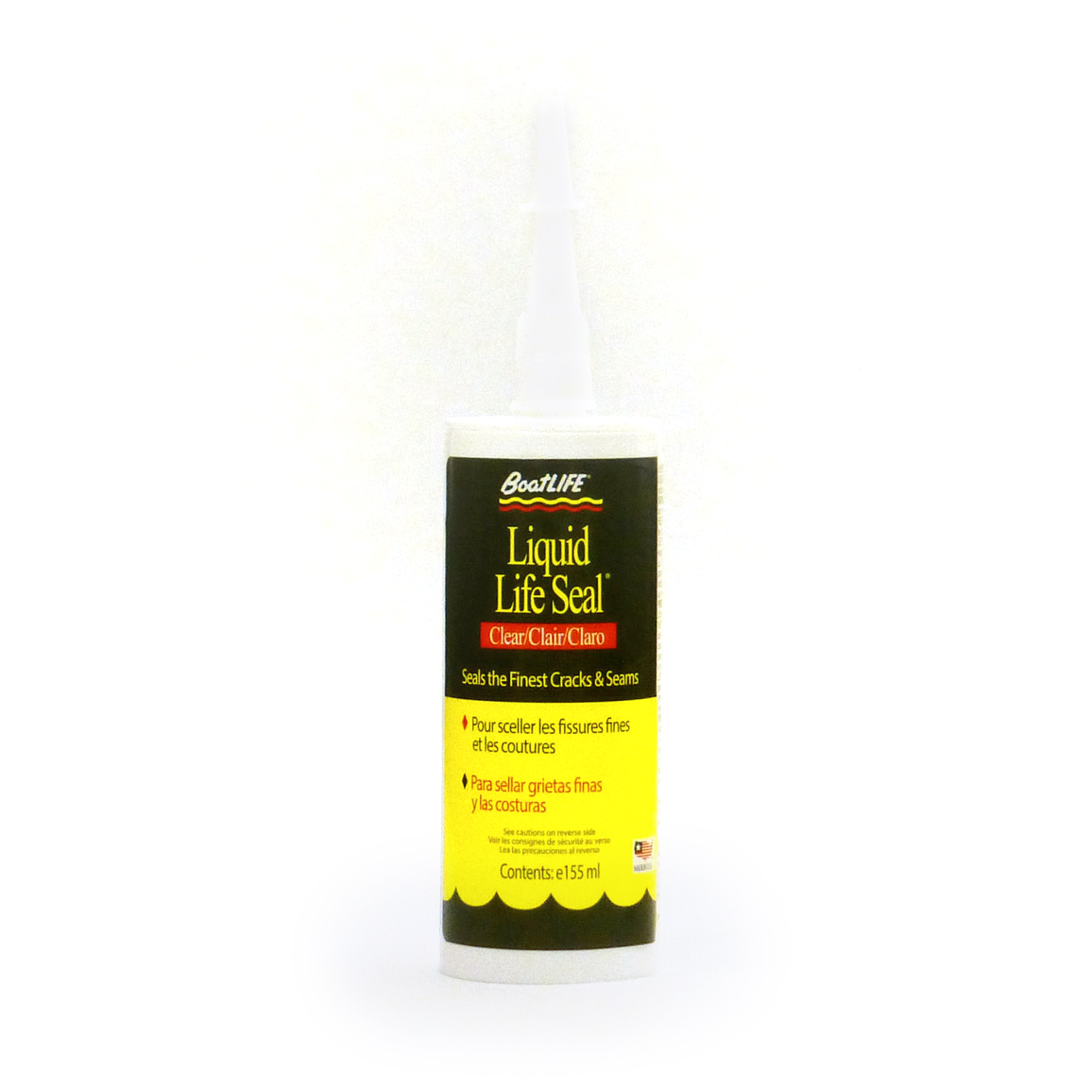
If you’ve never dedicated an afternoon to boat waxing before, then you might have plenty of enthusiasm for your boat, but little know-how. That’s where we come in. Here is a thorough overview to waxing your new boat…especially if you’re just doing it now for the first time:
Perform a Thorough Cleaning Before Waxing
 Before you wax your boat, you want it to be completely clear of any surface debris, dirt, and organic materials that tend to pile up when you’ve been boating a while. Even if you have yet to take your boat out into the water, something as simple as dirt and dust debris can form up over time.
Before you wax your boat, you want it to be completely clear of any surface debris, dirt, and organic materials that tend to pile up when you’ve been boating a while. Even if you have yet to take your boat out into the water, something as simple as dirt and dust debris can form up over time.
Here’s what you need to know about cleaning your boat before a waxing:
-
- Keep your boat out of the water. Park it on a flat surface. A place where you might normally wash your car can be handy if you can swing it. Secure your boat to the trailer so there’s no unexpected movement.
- Spray the boat down first. A pre-rinse will help loosen up debris, doing some of the work for you. Go from the top down.
- Use a quality, non-abrasive cleaner for the fiberglass. Non-abrasive cleaner tends to be better for new boats: we recommend Boat Cleaner. Scrub thoroughly with a boat brush in order to cover plenty of area quickly.
- Rinse and dry. Be sure to rinse the boat and make sure it is completely dry before moving on.
Choosing the Right Boat Waxing Products 
Next, you’ll apply the wax to the boat. But not before asking yourself some important questions:what wax to use? If you want to get the most possible life out of this waxing, we recommend two products: PolyShine and LifeWax. When using these two in combination, you should expect the protection to last a good three years with moderate boating use.
To Power Buff or Not to Power Buff?
Applying the wax in even, circular motions, you’ll allow one section at a time to dry. Now it’s time to buff each section at a time before moving on so the wax doesn’t get too hard. Here you have two basic options: you can use a power buffer that will do all of the work for you, or you can save some money and use some good, old-fashioned elbow grease to buff the wax. The advantage of the power buffing option is that you’ll have a quick, smooth finish just about every time. The advantage to the elbow grease method is that you won’t have to spend a lot of money renting or buying a power buffer, plus using a power buffer without damaging the fiberglass might take some practice.
Ultimately, the choice is up to you. Some boat enthusiasts simply use a rag or towel and buff as evenly as they can. If you have a larger boat, this will be very labor-intensive…but then again, if you’re committing an afternoon to waxing your boat, you might not mind the time outdoors.
Why is It Important to Wax?
You might think that your boat doesn’t need a wax. It will just be in water, so it constantly has to be clean, right? Of course not. There are plenty of opportunities for your boat to add grime over time. And what many owners forget: the sun. Using a compound, wax, or boat polish with UV protection will ensure that your boat doesn’t succumb to sun damage as quickly as it can. This won’t only preserve the value of the boat, but ensure that it’s pretty to look at for years to come.



